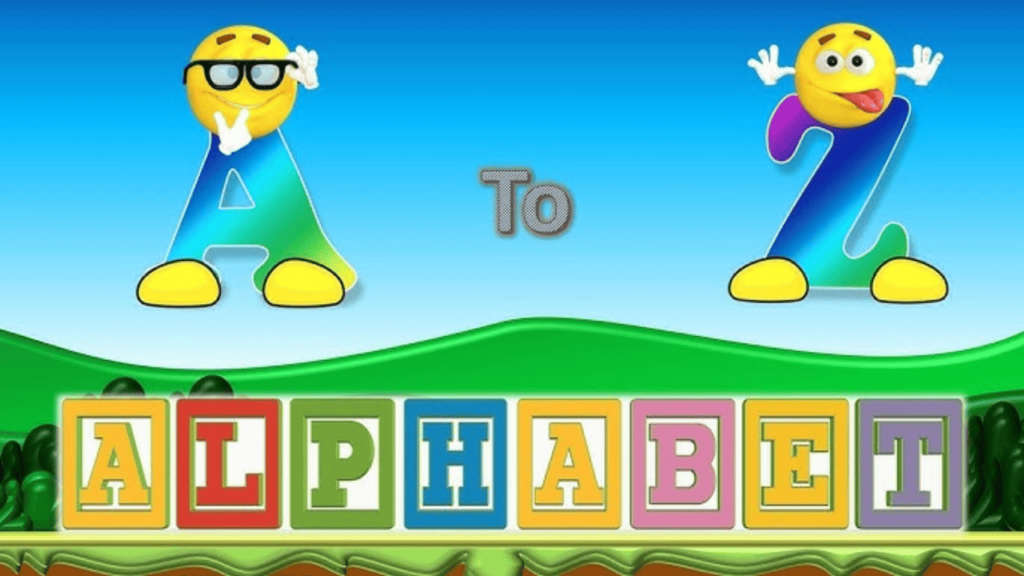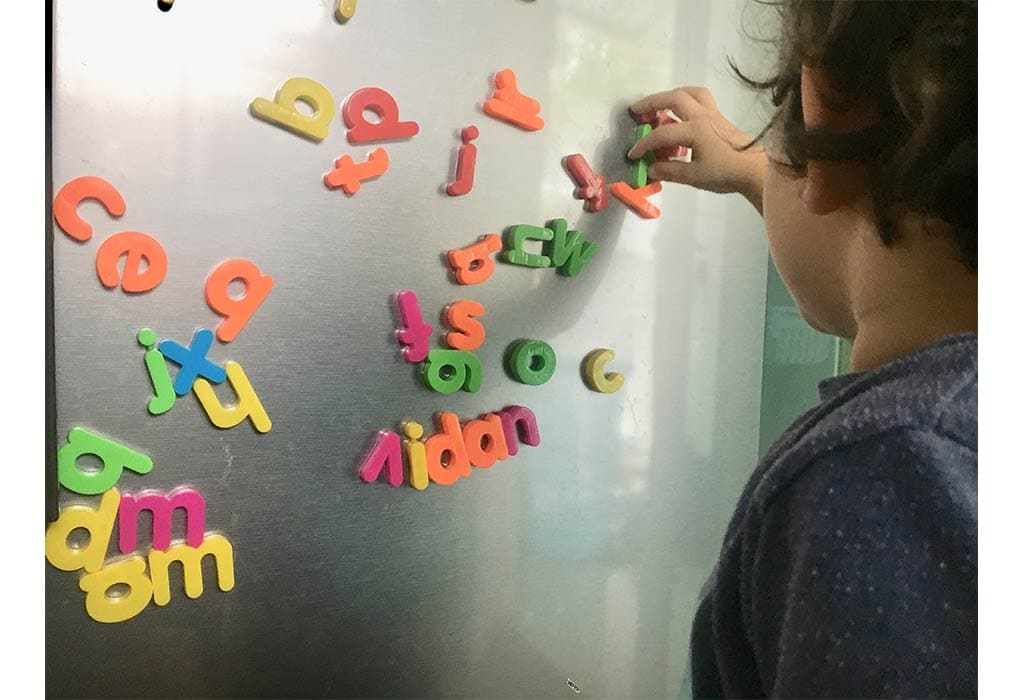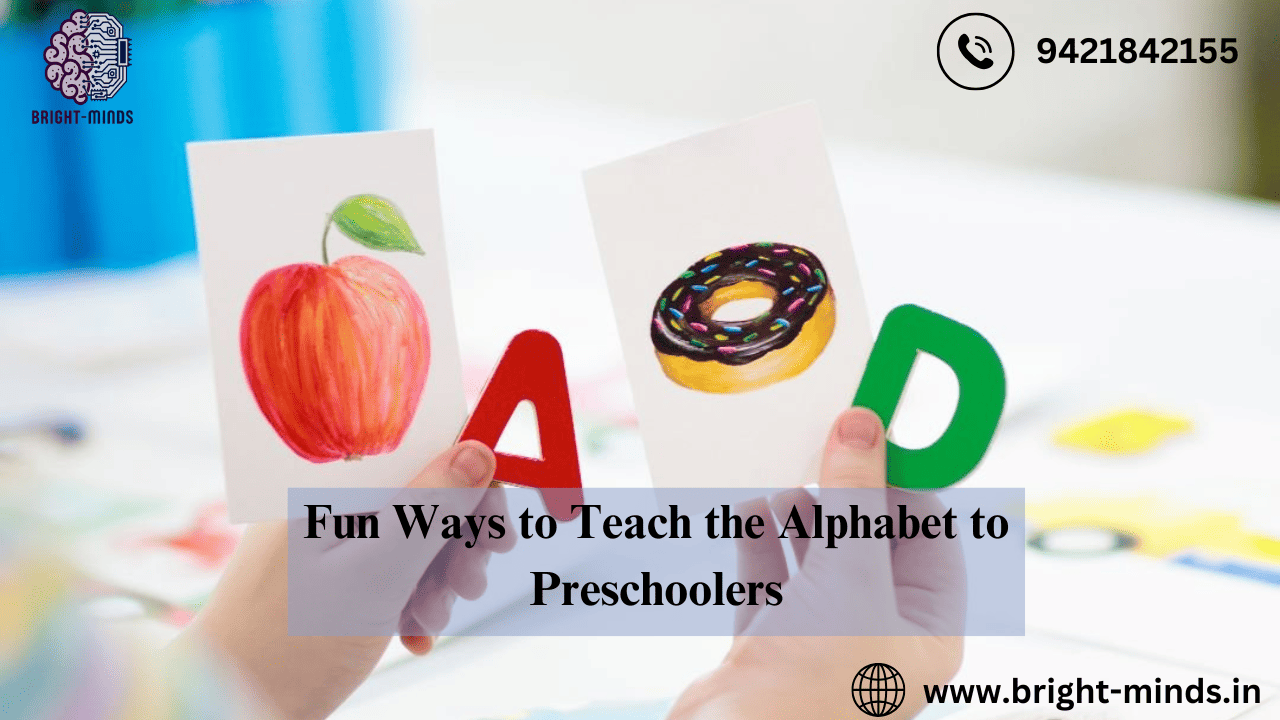Introduction
One of the most important phases in a preschooler’s literacy development is teaching them the alphabet. Making things fun and interesting guarantees that students will not only learn but also grow to love learning. You may make the procedure into an interesting journey by combining play, creativity, and engagement.
Why is Teaching the Alphabet Important?
Learning the alphabet is the foundation for reading and writing. It enables preschoolers to:
- Know the sounds of the letters.
- Expand your vocabulary.
- Improve your pre-reading abilities.
- Improve your motor and cognitive abilities.
General Tips for Teaching the Alphabet

- Start with Familiar Letters: To establish a personal connection, start with the letters in the child’s name.
- Describe the capital and lowercase letters. Collectively: To prevent confusion later, teach both scenarios at the same time.
- Include Multi-Sensory Learning: To stimulate many senses, use tactile, visual, and aural components.
- Keep Meetings Brief: Because preschoolers have limited attention spans, keep learning sessions brief—no more than fifteen to twenty minutes.
- Be encouraging and patient: To boost drive and confidence, acknowledge minor accomplishments.
Fun Ways to Teach the Alphabet
1. Alphabet Songs and Rhymes
- Together, sing the beloved ABC tune.
- Make use of action rhymes that link letters to movements.
- Try some of the entertaining alphabet song versions that are available on websites like as YouTube.
2. Letter Matching Games
Make interesting matching exercises:
- Make use of flashcards featuring both capital and lowercase letters.
- Assign letters to pictures or items that begin with the letter’s corresponding sound.
3. Alphabet Puzzles
Puzzles are a great way to learn by doing:
- Invest in alphabet puzzles made of foam or wood.
- Cut enormous letters into bits so they may be put back together to create do-it-yourself puzzles.
4. Sensory Letter Tracing
Use tactile activities to teach kids about letter shapes:
- For letter tracing, use shaving cream, rice, or sand.
- Give children playdough and cookie cutters in the shape of letters so they can model them.
5. Alphabet Crafts
Use projects with a letter theme to foster creativity:
- Using paper and stickers, make a collage that reads, “A is for Apple.”
- Make letters out of buttons, popsicle sticks, or beads.
6. Alphabet Scavenger Hunts
Make education an adventure:
- Stow letter cards in the classroom or across the house.
- Ask kids to locate the letters and give names to items that begin with them.
7. Storytime with Alphabet Books
Letters are introduced in a playful way through reading alphabet books:
- Pick books like Dr. Seuss’s ABC or Chicka Chicka Boom Boom.
- Talk about each letter and the words that go with it.
8. Play Alphabet Games
Use games to make learning more engaging:
- Bingo using the alphabet.
- Play letter hopscotch with floor mats or chalk.
- A do-it-yourself fishing pole for magnetic letter fishing.
9. Digital Tools and Apps
Engage preschoolers with technology:
- Try apps such as Endless Alphabet, Starfall ABCs, or ABC mouse.
- Visit YouTube to view instructive videos and animated sing-alongs.
10. Themed Alphabet Days
Set aside a day for every letter:
- Put on letter-related attire or accessories.
- Make snacks that begin with the letter of the day (bananas, for example, should start with “B”).
Incorporating the Alphabet into Daily Activities
1. Mealtime Learning
Use alphabet-shaped food or alphabet place mats. Talk about letters while cooking.
2. Outdoor Activities
- In the sand or dirt, write letters.
- During excursions, look for lettering on signs, license plates, or packaging.
3. Role-Playing Games
Act as postal workers delivering letters of the alphabet or store owners selling goods that begin with a particular letter.
Creating a Literacy-Rich Environment
1. Alphabet Displays
Use vibrant alphabet charts, posters, or cutout strings to adorn walls.
2. Letter Manipulatives
For unstructured play, include letter blocks, foam letters, or magnetic letters.
3. Alphabet Corners
Create a special area with letter-themed books, puzzles, and activities.
Benefits of Teaching the Alphabet through Play

- Boosts Engagement: Children’s interest is maintained through enjoyable activities.
- Improves Retention: Multisensory techniques aid in improved memory.
- Promotes Exploration: Play-based education stimulates imagination and curiosity.
- Creates Positive Associations: Learning turns into a fun activity.
Common Challenges and How to Overcome Them
1. Lack of Interest
Solution: Include their preferred characters or topics in the activity.
2. Confusion Between Letters
Solution: Use visuals to draw attention to the differences between similar-looking letters (such as b and d) and focus on them independently.
3. Limited Patience
Solution: To prevent overstimulation, divide tasks into manageable, interesting chunks.
Conclusion
- When done creatively, teaching preschoolers the alphabet can be a happy and fulfilling experience. You may have a beneficial and long-lasting effect on their educational journey by incorporating enjoyable activities, crafts, games, and technology.
- Start using these techniques right now, and you’ll see how your preschooler learns about the power of letters!
Also Read:
https://bright-minds.in/unlocking-word-meaning-for-class-ukg-english-to-hindi/

